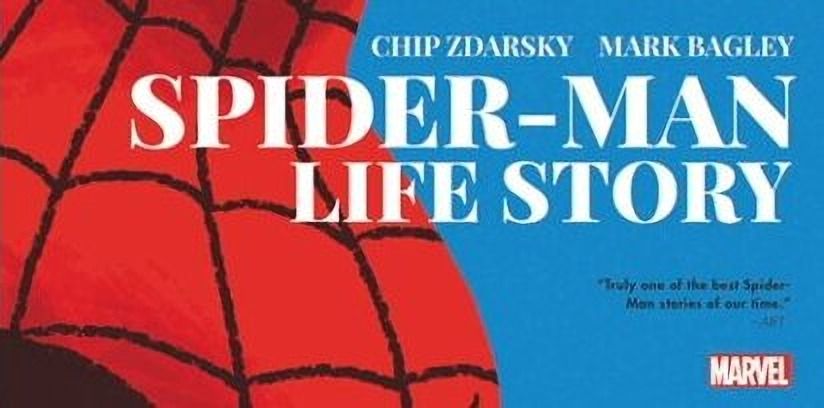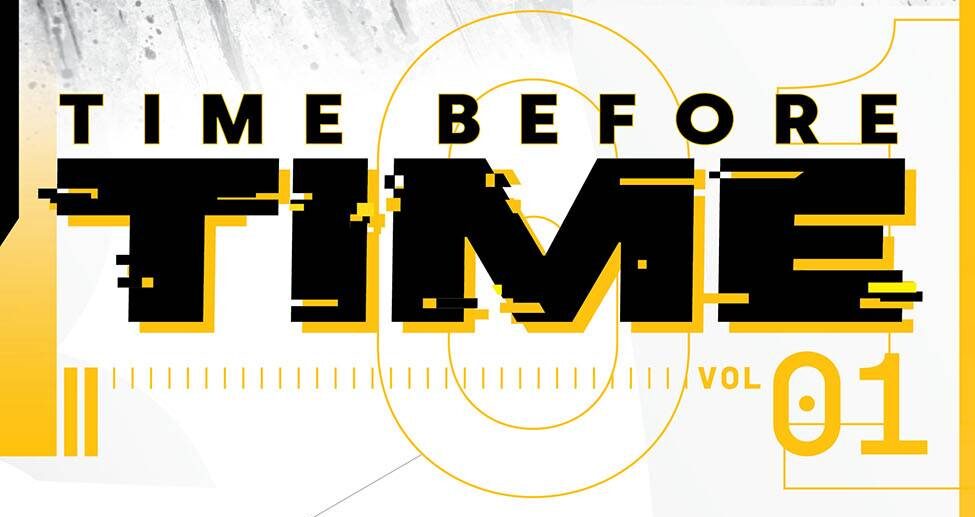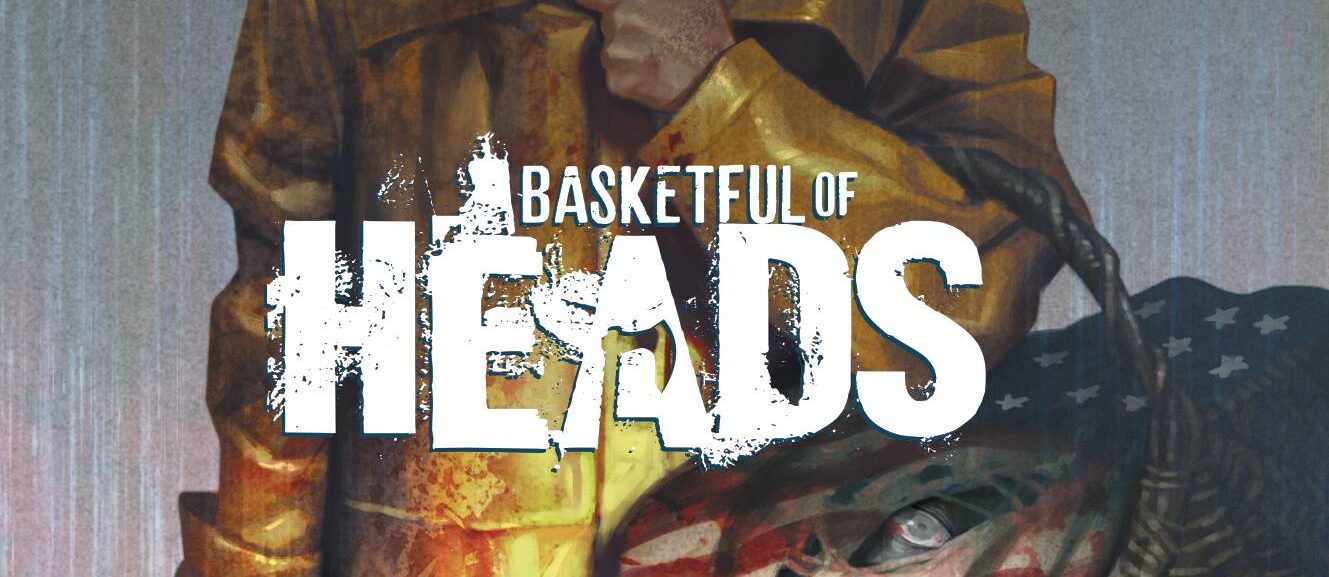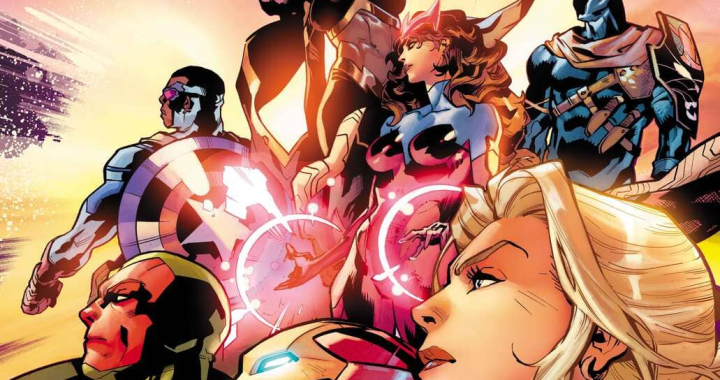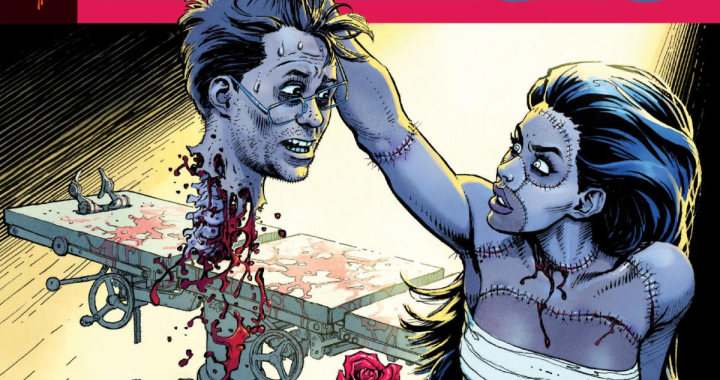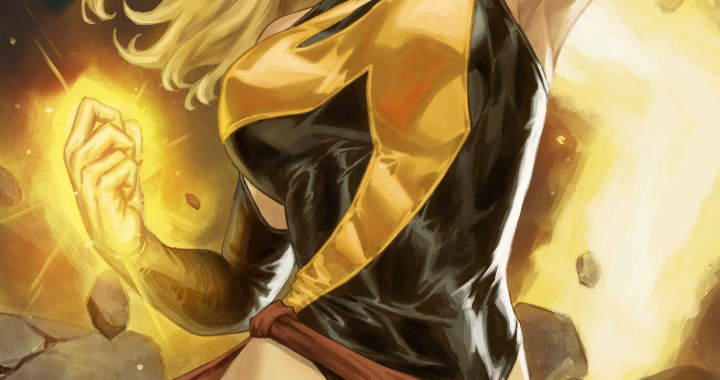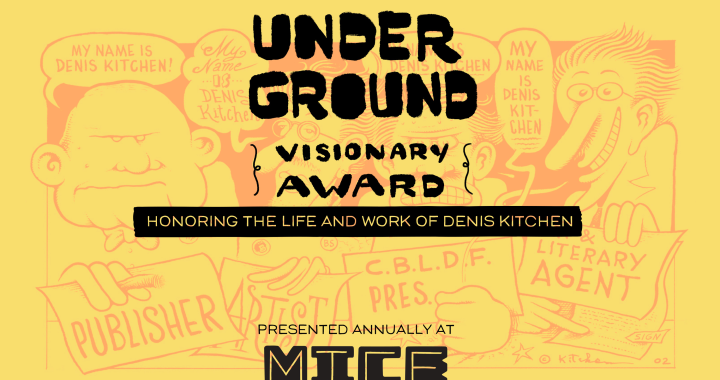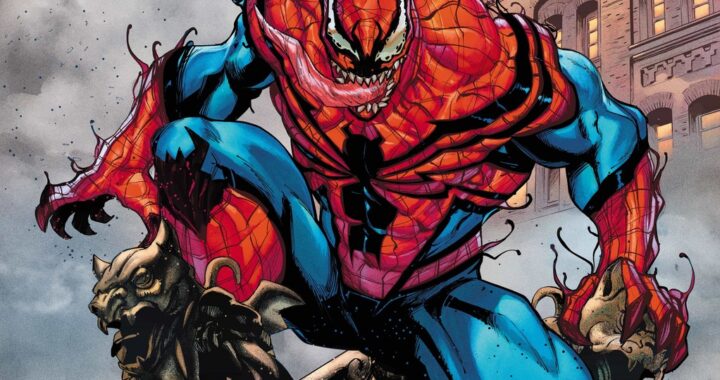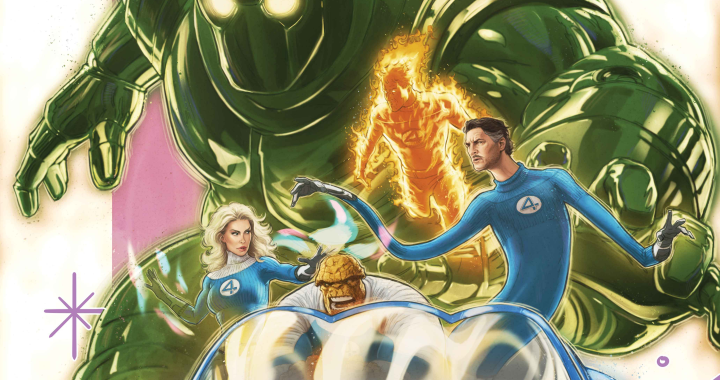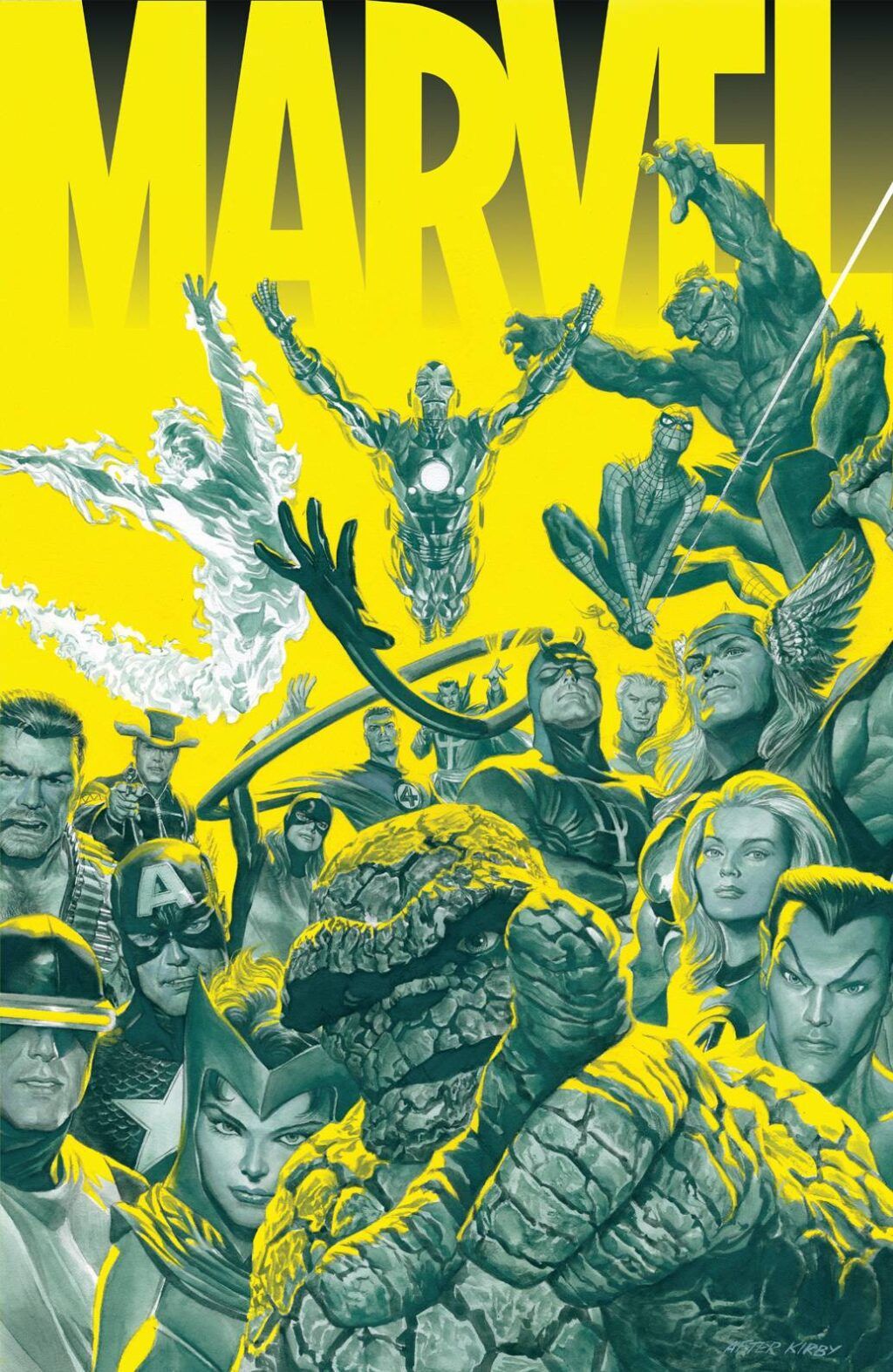
Review: MARVEL TREASURY EDITION TP
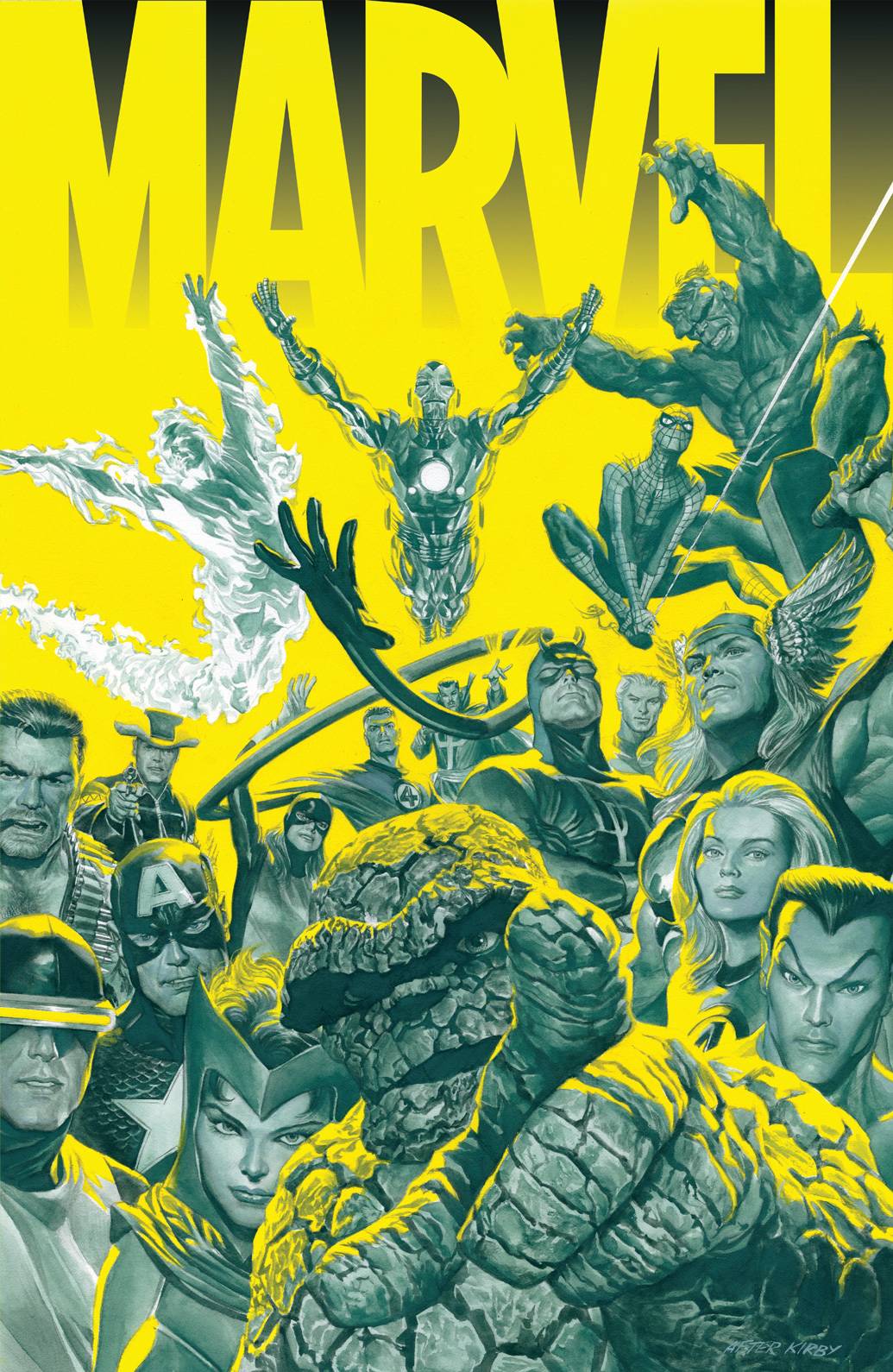 If Marvel finds that digital sales for this book are poor, there will be one simple reason. It’s really quite hard to search for it online. Type in ‘Marvel’ anywhere, and see how long it takes you to find this series, for obvious reasons. In Alex Ross’s defence, he wanted to call it ‘Marvels’, back when the idea arose in the 90s. Of course, that title went in a different direction. Written by Kurt Busiek, it became a groundbreaking classic, depicting the rise of superheroes as experienced by the citizens of 616 New York. Ross’s art cemented the book’s legacy, and launched him as a comics superstar. However, it was not his original vision for Marvels.
If Marvel finds that digital sales for this book are poor, there will be one simple reason. It’s really quite hard to search for it online. Type in ‘Marvel’ anywhere, and see how long it takes you to find this series, for obvious reasons. In Alex Ross’s defence, he wanted to call it ‘Marvels’, back when the idea arose in the 90s. Of course, that title went in a different direction. Written by Kurt Busiek, it became a groundbreaking classic, depicting the rise of superheroes as experienced by the citizens of 616 New York. Ross’s art cemented the book’s legacy, and launched him as a comics superstar. However, it was not his original vision for Marvels.
That original vision, it turns out, was an anthology of short stories by multiple creators. And so, 30 years later, we have the awkwardly titled Marvel. As you might expect from a project curated by Ross, the focus is very much on the art. In many of the vignettes, the artist also takes writing duties. A framing story by Ross, Busiek, and Steve Darnall links the tales together, albeit very loosely. This involves Nightmare, and aside from Ross’s always-astonishing art, is the weakest point of the series.
So let’s talk about the art. It’s clearly this book’s reason for existing, and it doesn’t disappoint. There’s something for everyone; styles vary from cartoony to photorealistic, with everything inbetween. Greg Smallwood’s Nick Fury tale is a fantastically bright 60s homage. Lee Bermejo’s Silver Surfer is nothing short of jaw-dropping. For fans of a painted artwork style, Paolo Rivera’s Vision is a feast for the eyes, as is Dan Brereton’s Bronze Age X-Men tale.
Unfortunately, the writing is somewhat more hit-and-miss. This is often a problem with anthologies; Batman: Black and White vol. 1 stands out as one of very few to have ever achieved consistent excellence. More than anything else, this speaks to the difficulty of short-form storytelling. Many of the sequences suffer from being a little too disjointed or abstract. Daniel Acuña’s alternate universe tale, whilst one of the best-looking pieces on offer, tries to cram in too much story. Brereton’s X-Men conflict jumps to a resolution that doesn’t feel fully earned. For me, the shorts that work best are the ones that don’t take themselves too seriously. For example, The Goon creator Eric Powell’s clash between Spider-Man and The Thing. Hilary Barta and Doug Rice also deliver a fun tribute to the monster comics that Ditko and Kirby were putting out pre-Spidey/Fantastic Four.
So should you buy this book? It’s hard to advise against something that looks this wonderful. Above all, it’s clear to see how much love went into its creation. As Ross notes in the introduction, the storytellers chose the characters and eras they were most inspired by. That inspiration definitely comes across on the page. The storytelling doesn’t quite hold attention well enough to be read straight through, but it’s enjoyable enough to dip into, particularly in an oversized Treasury Edition that will really show off the incredible art.
Writing – 3 Stars
Art – 5 Stars
Colors – 5 Stars
Overall: 3.5 Stars
Curator: Alex Ross
Writing & Art: Various
Publisher: Marvel Comics
Author Profile
- Yavi Mohan is a comic writer (and more frequently, comic reader) based in London. He is frequently overwhelmed by the number of comics in his reading list, to the extent that it sometimes delays his reading. This list includes every issue ever published with Spider-Man as the main character.
Latest entries
 Comic BooksDecember 31, 2021Review: Spider-Man: Life Story HC
Comic BooksDecember 31, 2021Review: Spider-Man: Life Story HC Comic BooksOctober 20, 2021Review: Time Before Time Volume 1
Comic BooksOctober 20, 2021Review: Time Before Time Volume 1 Comic BooksSeptember 15, 2021Review: Stray Dogs
Comic BooksSeptember 15, 2021Review: Stray Dogs Comic BooksSeptember 14, 2021Review: Basketful of Heads
Comic BooksSeptember 14, 2021Review: Basketful of Heads
